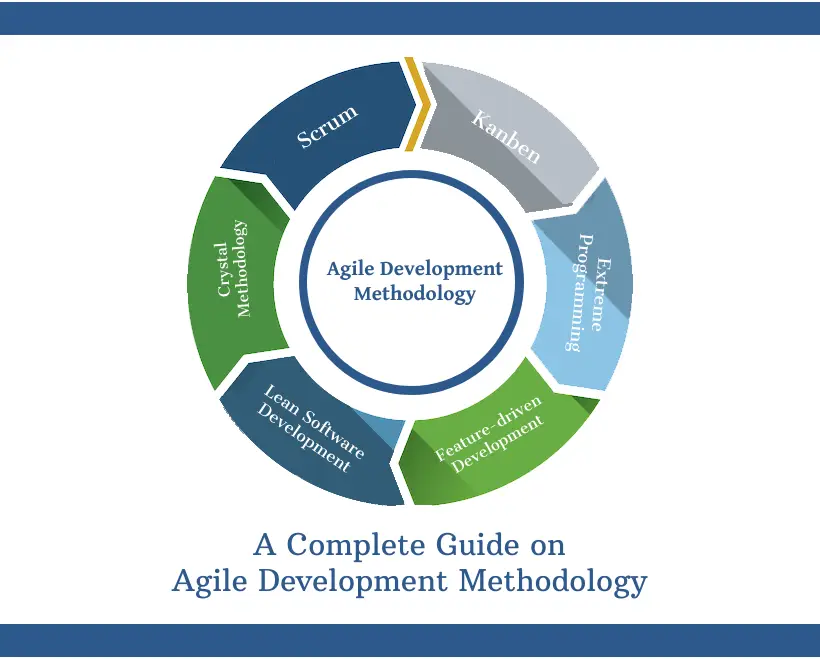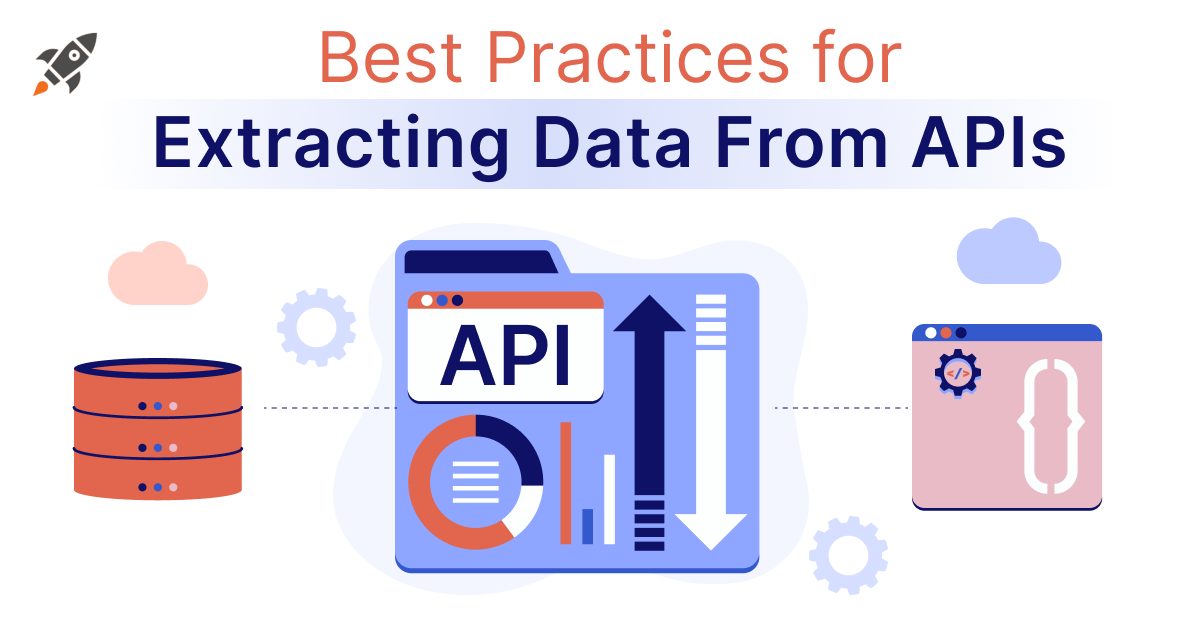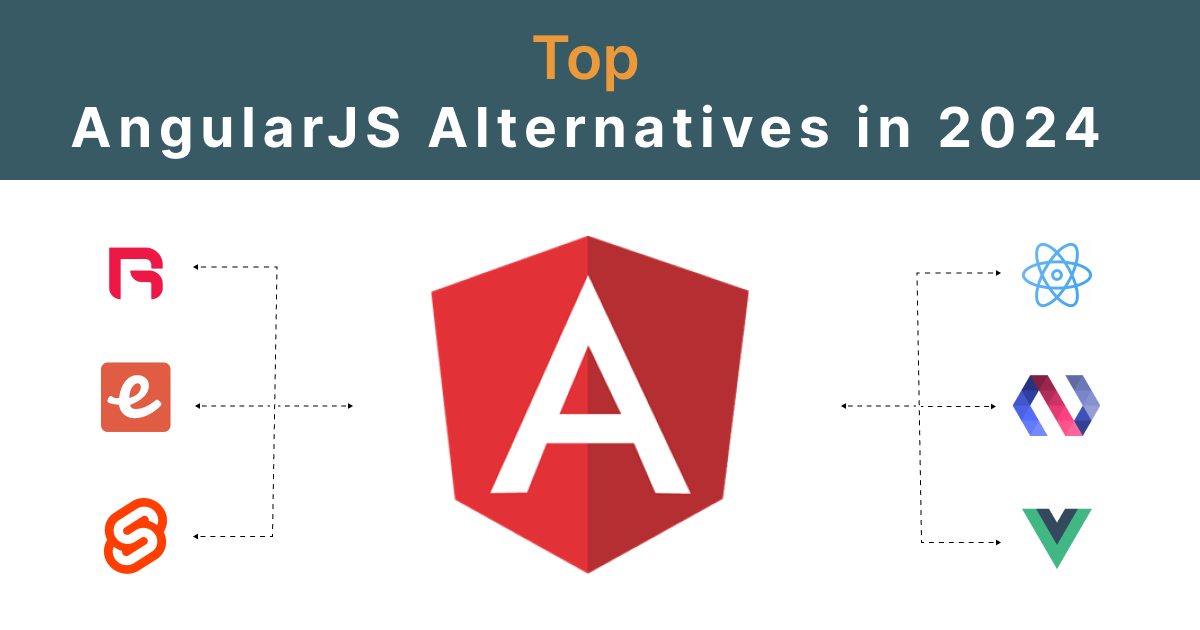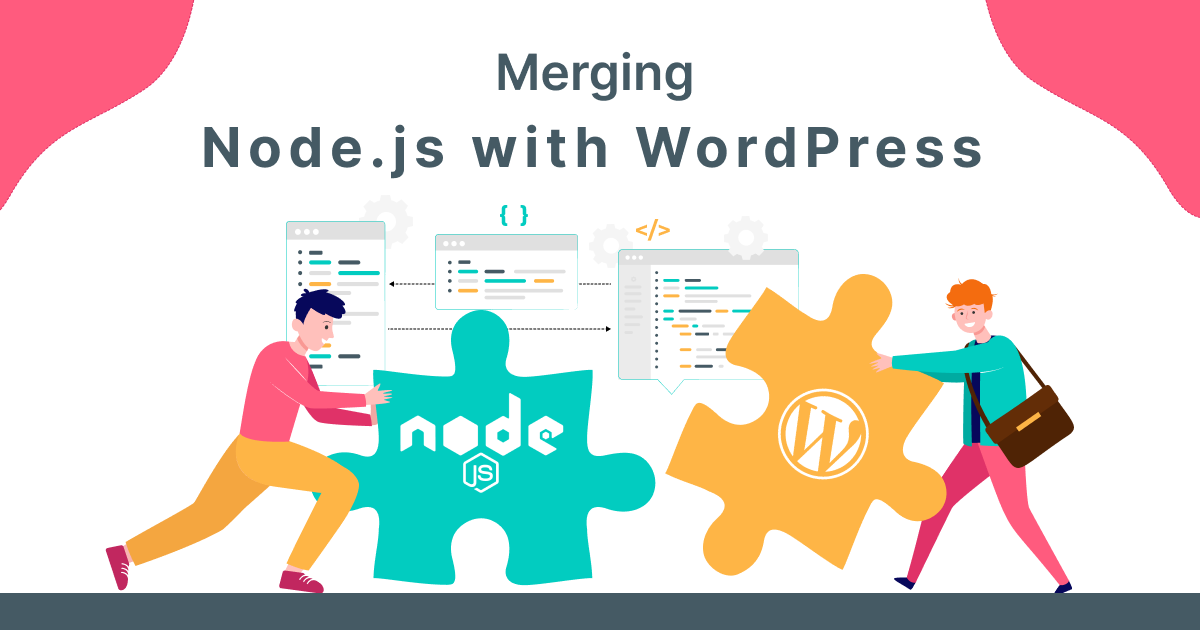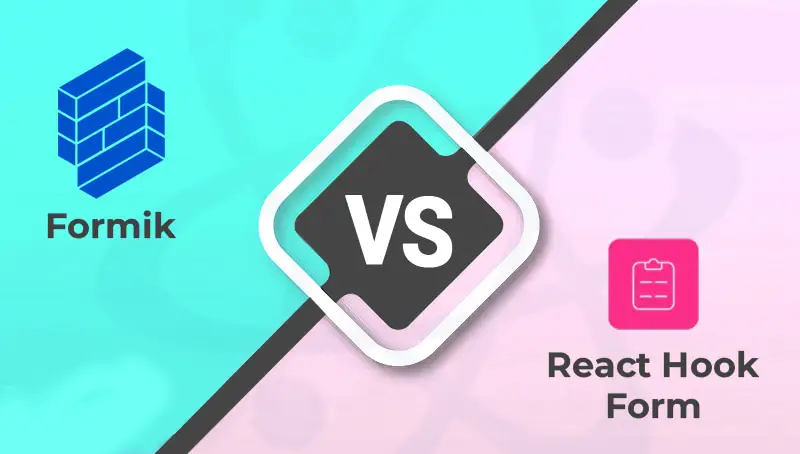The agile development methodology is the ability to respond and adapt to changes in an ever-evolving environment. Being agile allows you to overcome obstacles with proper planning and analyzing the current scenario. It’s often assumed that agile is a software development framework, whereas, on the contrary, it’s just an ideology while the actual methodologies are Scrum, Lean, Kanban, to name a few. Adopting agile can prove to be highly bankable.
What is Agile?
The Agile software development methodology is a process enabling teams to rapidly move through a development cycle incorporating requested changes along the way. Agile is a mindset involving practices such as Scrum, Kanban, Lean and more. Agile allows you to bring the client into the loop and gives him a better understanding of the process while still being able to welcome new changes and requests.
Certain Key Aspects of Agile:
- Focuses heavily on the who than the what and how.
- An actual piece of work is of greater value than robust documentation.
- The Involvement of the customer is of utmost importance.
- The process should always have some room for changes.
Principles of Agile Development Methodology –
Agile follows some principles which are:
- The team should prioritize customer satisfaction and be ready to accept changes.
- It is pivotal for the team to deliver a quality product at the end of the life cycle.
- The Development cycle should not belong and should ideally range from a few weeks to a couple of months.
- A steady flow of communication between the customer and the development team helps in maintaining clarity and is key to success.
- The only measure of progress is a working piece of software.
- The team should strive for excellence and put in their best efforts, every time. This significantly boosts the quality of deliverables.
- Appreciation motivates the team and in return, they go the extra mile to maintain a sustainable development pace.
Benefits of Agile Software Development –
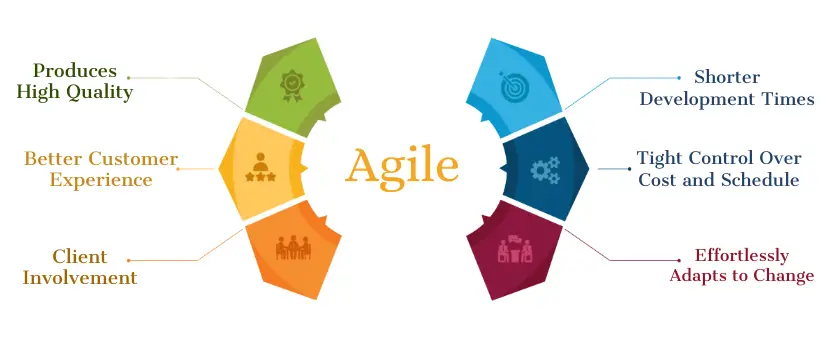
Using Agile can prove to be very beneficial. Some of the benefits involve –
1. Client Involvement
During the development process, the team can expect client involvement right after the completion of the milestone. This keeps the client actively engaged in the project and helps the team look at the software from the client’s perspective.
2. Shorter Development Times
The entire development life cycle is divided into short sprints where the team focuses on getting the planned feature ready within the fixed cycle and delivered to the client. This leads to reduced delays in client feedback and shorter turnaround times.
3. Tight Control Over Cost and Schedule
Short, defined sprint cycles allow control over time and cost of the project. The Outcome of each sprint paints a clearer picture of project cost and time to clients leading to better decisions in the future.
4. Effortlessly Adapts to Change
The agile development methodology is very accepting of any incoming changes that incorporate changes effortlessly. New requests or prioritized features can be picked from the backlog for the next sprint making the client happy.
5. Produces High Quality
Breaking the entire project into short pieces aka sprints allows the development team to focus on the quality of each deliverable coupled with comprehensive testing. Multiple iterations can be created to further perfect the sprint’s deliverable.
What are Agile Methodologies?
The frameworks in Agile development methodology includes a multitude of components that include –
1. Scrum
Scrum methodology is based on gaining experience through continuous learning, iteration after iteration to solve complex problems. This approach helps with the growth of the organization and self-growth by collaborating on a single problem and working on solving it. Scrum software development uses some artifacts which can be interpreted as tools, which are product backlog, sprint backlog and a sprint goal. Details for each of the artifacts in agile scrum methodology is –
- Product Backlog
This is a list of all the work that needs to be done. This list contains the enhancements, features and fixes for sprint backlog. A Product backlog is constantly revisited and updated to keep up with the market changes
- Sprint Backlog
A sprint backlog is a list of fixes and improvements that needs to be implemented in the current sprint cycle. The development team chooses which fixes will they work on while planning for the sprint.
- Increment or Sprint Goal
Sprint goal defines the final deliverable of any sprint cycle. Some might even call it a milestone or an increment.
2. Kanban
Kanban is another framework of Agile software development methodology which focuses on increasing productivity while balancing the workflow assigned. General practices of Kanban agile methodology include:
- Visualizing available work by usually utilizing a physical or digital medium like a Kanban board where all the work that needs to be done is presented to everyone.
- Team picks the work that could be done in a fixed amount of time to avoid any overburden of work.
- Pick the next task as soon as the current one is finished. This step makes sure that productivity is always maintained throughout the cycle, improving the efficiency of the team.
3. Extreme Programming (XP)
Extreme Programming is one of the most disciplined Agile development methodologies that keep on delivering quality software while allowing new requirements from the client. Keeping the client in a tight loop maintains the quality of the product through continuous planning, steady testing and quick feedback for a working deliverable. Extreme Programming methodology is based on the following values –
- Communication
One of the most crucial values, communication is key to maintaining a shared view of the system.
- Simplicity
Focus is always on the most important feature rather than every other feature that can be added to the final deliverable.
- Feedback
Feedback here not just refers to feedback from the client but from the team and the system too.
- Courage
Courage relates to being able to review code and be able to alter the code and if needed, replace it with a new one.
- Respect
Programmers should always respect others and their work equally. Any kind of unappreciation might feel disheartening.
4. Crystal Methodology
Often referred to as one of the most lightweight and adaptable frameworks, Crystal agile methodology is very forgiving in terms of varied skills and talents. Crystal consists of a set of methodologies that include:
- Crystal Clear
- Crystal Yellow
- Crystal Orange
- Crystal Red
- Crystal Maroon
All the colors have their own specifications and requirements.
5. Dynamic Software Development Method (DSDM)
Dynamic Systems Development Method is a framework originally introduced to bring discipline and structure to Rapid Application Development methodology. It later became a software development methodology of its own. Since then, DSDM has evolved and provides extensive guidance on project planning, management and execution.
6. Feature-driven Development (FDD) FDD agile is another lightweight methodology putting emphasis on client favored features. The Purpose of FDD remains the same, to deliver working software in a short duration as per client satisfaction. FDD consists of five activities –
- Develop Overall Model
- Build Feature List
- Plan by Feature
- Design by Feature
- Build by Feature
7. Lean Software Development
Lean agile methodology is often referred to as the Minimum Viable Product strategy wherein the team releases a bare-minimum product called MVP with all core features. This gives the client an idea of what more to add or remove from the current MVP. Principles followed in Lean are –
- Eliminate waste
- Amplify learning
- Decide as late as possible
- Deliver as fast as possible
- Empower the team
- Build integrity in
- Optimize the whole
How to Hire Agile Software Developers
Now that you know all about agile development methodologies. But still Hiring someone who follows Agile software development methodology can be a tough task. You have to look at some key points before hiring agile software developers –
- They provide a portfolio.
- They ask questions and try to understand your requirements.
- They have a good rating and positive reviews.
- They are self-motivated.
If you have a fresh idea brewing in your mind and but don’t have enough time to do this research then you can contact to trusted companies like Digitalogy. They will help you to find the best agile software developers as per your requirements.
Conclusion
Agile is a great methodology to implement in a software development process that produces high-quality and cost-effective deliverables in a short timeframe. Agile has quite a number of frameworks or practices to choose from, depending on the scale and type of product.
Customer satisfaction is also guaranteed as the client is actively involved via meetings to paint a clear picture of the Agile development team.
All the above make Agile software development methods the go-to ideology for any kind of software development project.
Read Recent Articles Here –

